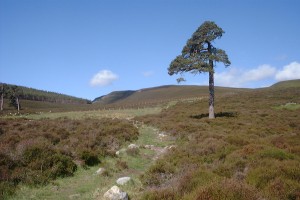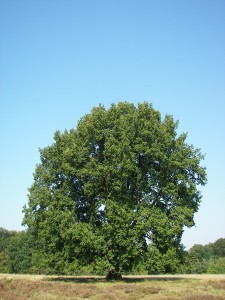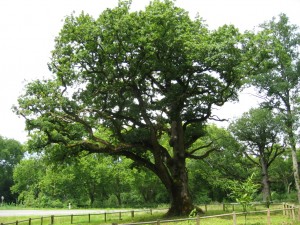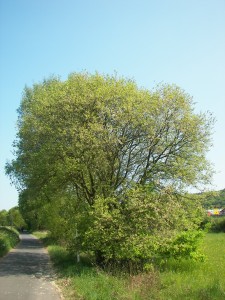A Gallery of Native Irish Trees

[cs_section id=”” class=” ” style=”margin: 0px; padding: 45px 0px; ” visibility=”” parallax=”false”][cs_row id=”” class=” ” style=”margin: 0px auto; padding: 0px; ” visibility=”” inner_container=”true” marginless_columns=”false” bg_color=””][cs_column id=”” class=”” style=”padding: 0px; ” bg_color=”” fade=”false” fade_animation=”in” fade_animation_offset=”45px” fade_duration=”750″ type=”1/1″][cs_text id=”” class=”” style=”” text_align=””]Considering that Tree Week (6th to the 13th of March) is coming up, we have released a gallery of trees that are native to Ireland. Tree Week raises awareness about the important ecosystem service trees provide. [/cs_text][x_slider animation=”slide” slide_time=”7000″ slide_speed=”1000″ slideshow=”true” random=”false” control_nav=”true” prev_next_nav=”true” no_container=”false” ][x_slide]
Hazel / Corylus avellana / Coll: Generally an understorey tree, hazel is often found underneath a canopy of ash or oak, but can also be found in hazel scrub such as the Burren. It is a shrub rather than a tree, reaching a height of about 5 metres. The nuts are of course edible, but are produced far less by understorey trees than by trees which are less in the shade.[/x_slide][x_slide]
Ash / Fraxinus excelsior / Fuinseog: Ash is a large, common deciduous tree, probably the most common farmland tree. It is late to come into leaf (hence the Irish tradition that potatoes can be planted until you can no longer see through the tree). The wood is traditionally used to make hurleys. They can grow up to 45m high.[/x_slide][x_slide]
Rowan / Sorbus aucuparia / Caorthann: Also known as the mountain ash, due to its leaf structure. A small tree, it is tolerant of poor soils (which is where it gets the name mountain ash) and makes a good coloniser. The berries provide food for birds, which help spread the tree.[/x_slide][x_slide]
Birch / Betula pendula / Beith gheal: There are two species of birsh in Ireland, silver birch and downy birch. Birch is a colonising tree, and is thought to be one of the first trees to have made it to Ireland after the last ice age; they are more tolerant of poor soils than most trees, and can act as a nurse species to other species which take longer to establish. They are quick growing, short lived, and grow to around 25 metres.[/x_slide][x_slide]
| Scots pine / Pinus sylvestris / Péine albanach: Arguably once extinct from Ireland, most scots pine in Ireland has been reintroduced from Scotland. A tall tree, of about 40 metres, it is also relatively long lived. It is tolerant of marginal land, and provides food for red squirrels, who eat its seed. |
Willow / Salix species / Saileach: Willow forms a continuum of species, which are often difficult to distinguish. A tree which is very tolerant of waterlogged soil, it can often be found in marshy ground. Famous for its use in weaving baskets, the wood is very pliable and the tree can be coppiced or pollarded to produce willow whips for this purpose.[/x_slide][x_slide]
Pedunculate oak / Quercus robur / Dar ghallda: The oak is one of our largest and longest lived (second to yew in the longevity stakes). Pedunculate oak is the less common of our two native oak species; it is found on heavier, more alkaline soils in the midlands. Pedunculate oak produces acorns on stalks, which will distinguish it from sessile oak acorns which do not have stalks.[/x_slide][x_slide]
Sessile oak / Quercus petraea / Dair ghaelach: Found on less fertile, more acidic soils than the pedunculate oak, sessile oak is more common, but found mostly on the west coast. Oaks can reach a height of 40 metres, and can take several hundred years to mature, but provide a rich habitat for other species. Its wood is famed, and the timber and bark has been put to many uses down the years.[/x_slide][/x_slider][x_author title=”About the Author” author_id=””][/cs_column][/cs_row][/cs_section]








